Hair & Scalp Basics: Hair Facts that you Must Know
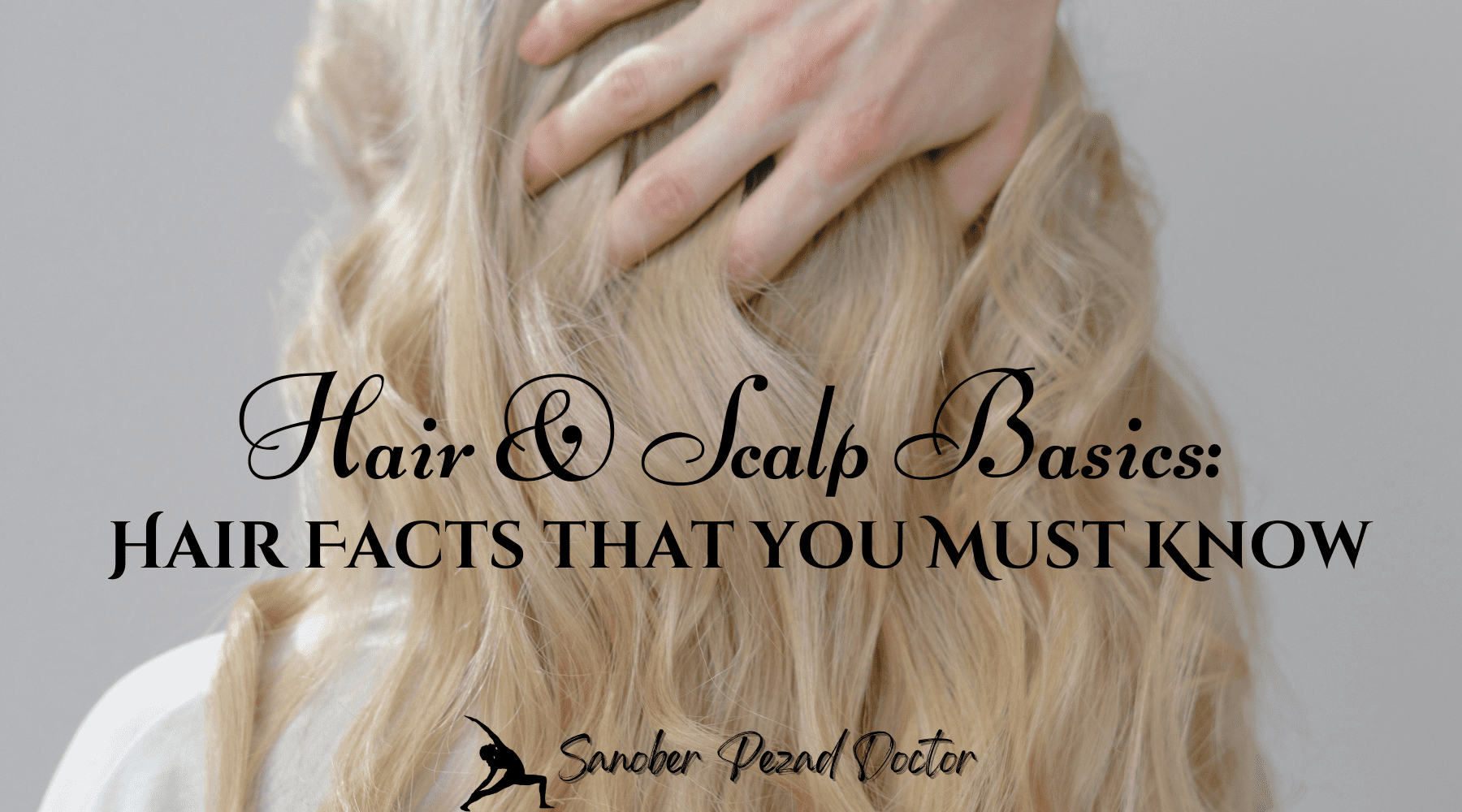
The loss of one’s crowning glory (i.e. the Hair!) is often accompanied by psychological stress and the untiring desire to create a shining mane.
There is a lot of advice available and a lot of products to choose from when it comes to caring for your hair. But how do you know what is right for your hair?
Like always, knowing the basics and setting a strong foundation is the key. This will let you know your hair and scalp better and allow you to make a wise and informed decision to enjoy the right outcomes and reap the benefits.
Since understanding your hair and scalp is the first step to achieving your hair goals, I decided to begin this series on hair care and everything related to it, to address all your concerns relating to it and to help you make informed choices on the right products to benefit your hair.
What Function does the Hair serve?
While some have argued that human hair is a vestigial evolutionary remnant, human hair serves many psychological and physiological functions. [1,2]
- Hair serves in thermoregulation and protection. Hair is significantly more sensitive to air movement and surrounding environmental disturbances than skin. For example, when we’re cold or perceive potential danger, our hair stands up to trap a layer of air and add insulation; this is what gives the appearance of goosebumps.
- In animals, hair maintains temperature by retaining heat or preventing cold.
- It can also provide camouflage and serve as a sexual attractant.
- In humans, hair aids in sweating and regulating thermoregulation.
- It also protects from the elements, including UV radiation.
- It guards our scalp against the sun; it defends our nose and ears by trapping dust particles that contain harmful allergens and microbes; it even stops sweat and other particles from bothering our eyes.
- Additionally, humans have specialized hair, such as eyelash hair and eyebrow hair, and an individual’s hair plays a critical role in his or her identity and self-evaluation.
What are the Different Types of Hair?
Before we delve into the anatomy of hair, it is worth covering the two different types of hair: vellus hair and terminal hair.
Vellus hair is the short, fine, light hair that covers the majority of the body, except for some parts such as the palms, soles, and lips. Their main purpose is to protect the skin and keep the body warm. The thickness, color, and length of vellus hair vary between individuals.
Terminal hair is the thicker, longer, and more pigmented hair that is found on your scalp. When a baby is born, terminal hair is solely located on the scalp, brows, and eyelashes, while the rest of the body is covered in vellus hairs. Under the influence of androgens during puberty, some vellus hairs develop into terminal hairs (for example, those on the beard, trunk, underarms, and genital region.)
What is the Structure of the Hair?- The Hair Anatomy
For easy understanding, I want you to consider that the hair is made up of two parts- the hair follicle i.e. the seed which gives rise to the hair, and the hair shaft- the part of the hair visible above the scalp and that which we are able to comb and style.
The Hair follicle
It is present just below the surface of the skin. This is the live component of the hair which contains the germ cells responsible for reproducing the hair shaft that we can see and groom.
Contrary to popular belief that hair grows as single strands, hair follicles actually grow in groups of 1-4 hairs called “follicular units”.
Also, the hair follicle contains sebaceous glands which produce sebum, a natural conditioner that moisturizes the hair. (This is why your scalp becomes greasy/oily within a few days and requires regular wash and care.) Sebum secretion along with sweat forms a protective layer on the scalp and combing action helps spread this mix on the shafts to condition and smoothen out the cuticle.
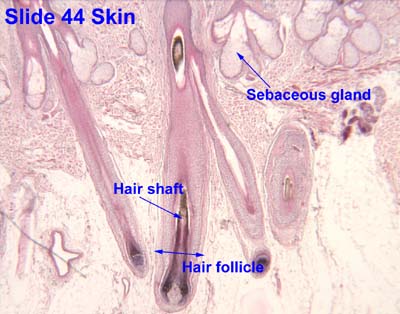
The hair follicle is also nourished by a very rich blood supply network present within the scalp and this is why nourishing the scalp is equally important for good hair health.
While external care contributes to the health of the hair fiber and the scalp itself, hair growth can only happen with a good diet, blood circulation, and well-functioning hormones.
The way your hair grows is very similar to the cultivation of a crop. Just as you would sow the seeds, take care of the soil, nourish it with nutrients, and water the plant. Similarly, the hair follicle, i.e. the seed that has already been implanted in our scalp at birth, requires care and a healthy environment to thrive and grow.
The Hair shaft
The hair shaft is part of the hair that fully exits the surface of the skin. The shaft is made of three concentric layers – the outermost cuticle, the middle layer cortex, and the innermost medulla.

I love this image because you see the many protein strands that make up the cortex layer of the hair. All these individual strands work together to provide strength, elasticity, and more to your hair. Amazing right?!
The medulla is the innermost layer of the hair and consists of sparse cells and air bubbles. Its role in humans is unknown, however, in animals, it helps to control body temperature.
The cortex, in contrast to the medulla, is highly structured and organized. The cortex is made up of keratin (the protein that makes up the skin, hair, and nails) and is responsible for giving hair its strength, elasticity, and durability, as well as its water uptake. The cortex also contains melanin and determines the color of hair based on the number, distribution, and types of melanin granules present.
The cuticle is the hair’s outer protective layer. It is a complex structure with a single molecular layer of lipids that help hair repel water. It is formed from dead cells, gives the hair shaft strength, and provides protection for the softer inner structures. The cuticle can be damaged by excessive use of heat (such as straightening irons) and by chemical damage (such as coloring, etc). Everyday elements such as the sun or wind, brushing, and harsh handling will also damage the cuticle.
The internal composition and physical condition of these layers contribute to the appearance of the hair – i.e. whether it will be straight, wavy, curly, or kinky or if it’s dry rough, or frizzy. You have your genes to thank for your type of hair and hence any chemical or color alteration can only be achieved on hair that has already emerged out of the scalp.
I also want you to remember that the hair that you can see, which you know as the hair shaft, is entirely dead and made up of keratin, which is why our hair does not have a sensation.
Now I know, this might be a little too much, but the reason why I want you to have a rough idea about these structures is that this will help you understand better where exactly is the problem occurring. This will be useful when we will discuss various conditions of the hair and how blow drying, coloring, and other hair treatments affect different parts of the hair.
The Hair Growth Cycle
While the structure of hair follicles is somewhat straightforward, their functions and growth cycle are a little complex. The rate of hair growth differs from person to person, however, hair typically grows 15 centimeters (or six inches) per year.
The hair on your scalp and body will always be in one of the three stages of growth: anagen, catagen, or telogen.
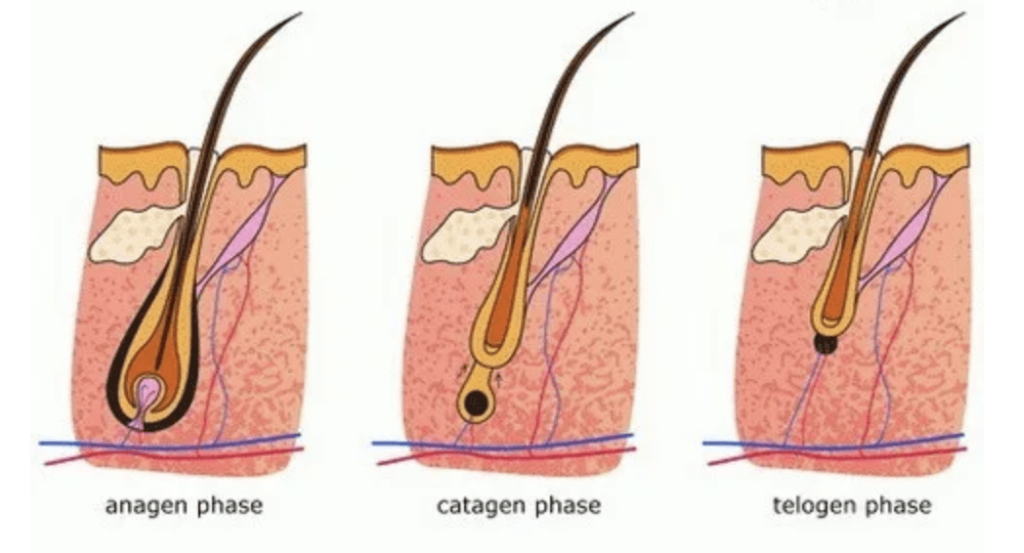
Anagen
This is also known as the growth phase. Normal scalp hair follicles usually spend two to six years in the anagen phase.
All types of hair- i.e. both vellus and terminal hair go through these phases. It is the length of the anagen phase that determines the length of your hair.
The anagen phase for eyelashes, eyebrows, and leg and arm hair is much shorter: between 30 and 45 days. This is why these hairs are much shorter than scalp hairs.
Catagen
This is otherwise known as the regression phase and it spans two to three weeks; roughly 3% of all hairs are in this phase at any given time. During this stage, the rate of hair growth slows down, the hair follicles shrink, and they attach to the root of the hair. These hairs are now ‘club hairs’, which is the name for hair that has stopped growing.
Telogen
This is also referred to as the resting phase and it lasts approximately three months. 10% to 15% of hairs are in this stage at any given time. After a few months, hair stops growing and becomes detached from the hair follicle. When the new hair starts to grow, it pushes the old hair out.
What Determines the Texture of the Hair?
The texture of our hair – whether it’s straight, wavy, curly, or a mix of all the above – is decided by the shape and structure of the cortex, and the medulla if it is present. Furthermore, the shape and structure of these two layers are determined by the shape of the hair follicle.
I also want you to note the difference between ‘hair type’ and ‘hair texture’.
Hair type refers to the shape of your hair. It can be straight, wavy, curly, kinky-curly, or coily. It is possible to have multiple hair shapes on the same head.
Hair texture refers to the thickness of the hair strand not how the hair feels. There are three basic hair textures: fine, medium, thick, or coarse.
You can determine your hair texture by comparing it to a piece of sewing thread. Thick or coarse hair is usually about the same thickness as the sewing thread.
For e.g.-My hair texture is fine and my hair type is straight. As mentioned before, you can have multiple hair types on the same head, just like I have natural waves of hair in the front of my head.
How is Hair Categorized?
Hair was formerly divided into three main ethnic subgroups: Asian, African, and European. However, due to recent studies, this classification has been broadened to include eight main subgroups based on three parameters: curve diameter, curl index, and the number of waves in the wave sequence.
But it is sufficient if you simply remember the 3 main subgroups: [3]

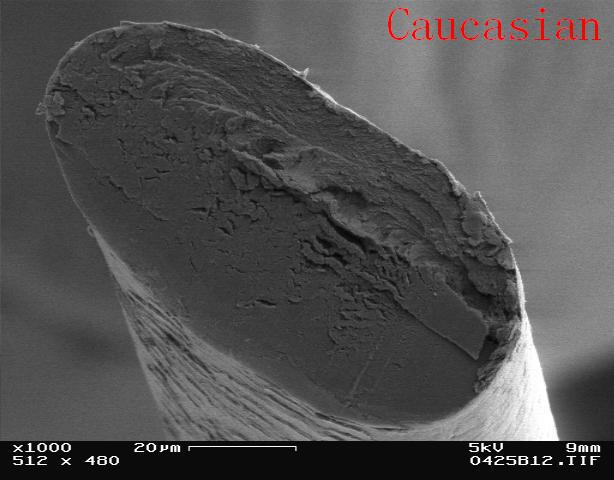

Scalp care is the new Skincare for a Reason
Our discussion on hair basics will be incomplete if we fail to pay attention to the scalp.
The scalp resembles the rest of the skin on your body and has abundant blood vessels that carry nutrients to the hair follicle. Since it is the scalp that houses the live hair follicle within itself and is responsible for the health of the hair, it is important to pay adequate attention to the scalp’s needs. A healthy scalp equals healthy hair as long as you take care of them.
Scalp care includes good cleansing, re-balancing, and moisturizing. One must keep the scalp clean through regular cleansing. In the case of specific scalp concerns, it is important to get it evaluated and treated.
Additional Hair Facts Good to know:
- Our body has about 5 million hair follicles.
- We typically shed 50 to 100 scalp hair per day, although many external factors can affect this, such as stress or medical conditions.
- The density of the hair follicles depends on certain demographics.
- Newborns: 135/cm2
- 20-30 years: 615/cm2
- 30-50 years: 485/cm2
- 70-80 years: 435 /cm2
- A typical hair follicle will have 10-20 life cycles.
- For most people, hair graying starts in the 20s or 30s and progresses from the temple to the crown.
Now that you have understood the basics, it’ll be easier for you to make well informed decisions and understand various scalp and hair conditions easily.
Wondering what you can do to keep your hair strong and healthy? We’ll discuss ways for you to have control of and things you can do right now to care for your gorgeous locks in the next article.
Sending lots of healthy and happy wishes your way. ?
P.S.- If you like what I share, consider Subscribing to stay connected & Up to Date with the latest Pearls of Wisdom. I do NOT spam. Promise! ?
Also, please leave a comment and share the article with your loved ones. Sharing is Caring!
Feel free to ask a question or leave a suggestion as well. I am always open to learning. ?
References
- Breehl L, Caban O. StatPearls [Internet]. StatPearls Publishing; Treasure Island (FL): Apr 5, 2022. Physiology, Puberty. [PubMed]
- Grubbs H, Nassereddin A, Morrison M. StatPearls [Internet]. StatPearls Publishing; Treasure Island (FL): May 8, 2022. Embryology, Hair. [PubMed]
- http://www2.optics.rochester.edu/workgroups/cml/opt307/spr06/xue/project.htm
- https://www.ouhsc.edu/histology/Text%20Sections/Integument.html


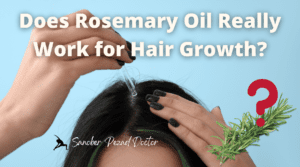



Comments